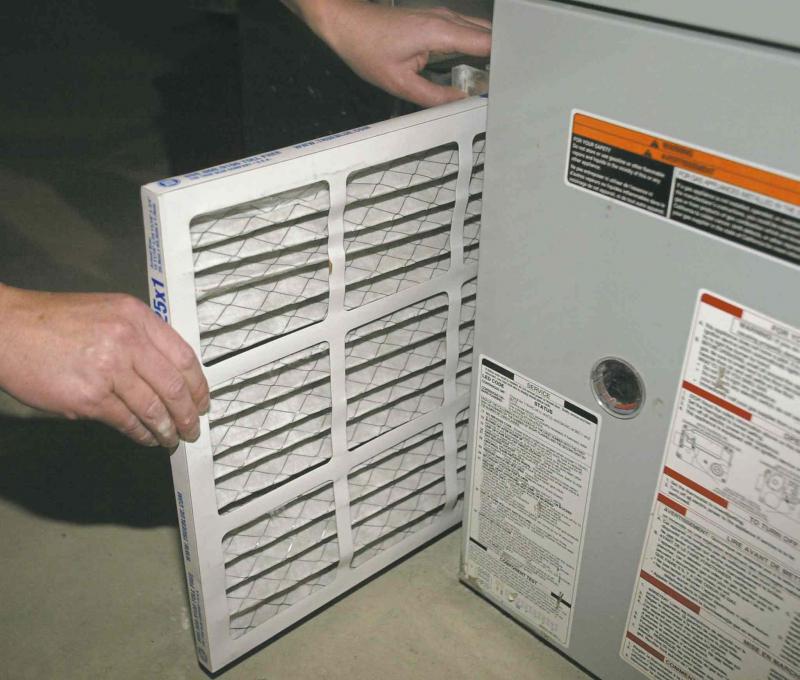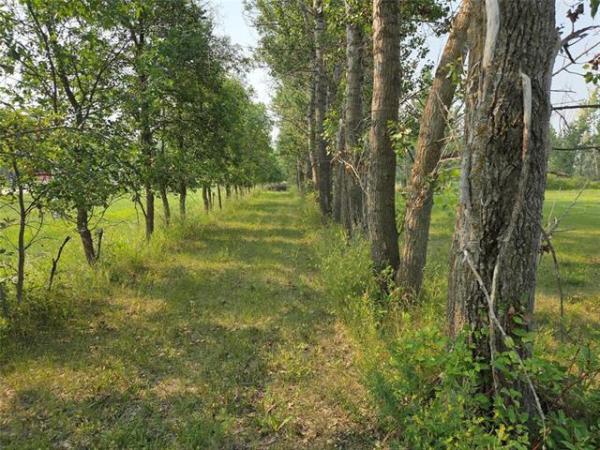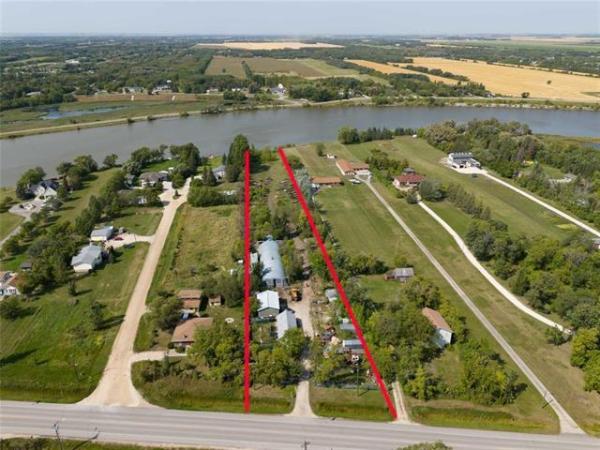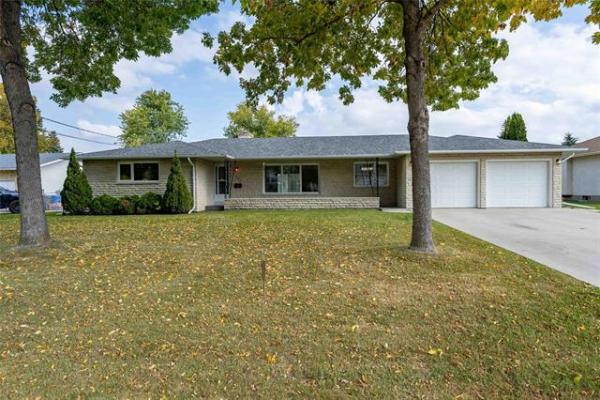Question: I have one simple question. I need to install a new gas furnace in my home. The local heating contractor has installed a Marv 10 air filter and claims this is good for a year, and after that time he will return to replace it and service it. I can't accept the time frame, it seems much too long. What is your opinion?
Thank you, Eugene Starchuk
Answer: These extra-thick air filters you have inquired about are one of my pet peeves when doing pre-purchase inspections. I can only see one main benefit of installing this type of air filter and that is to the original HVAC contractor who put it in.
I am not sure when I saw the first extra-thick, pleated, disposable air filter installed on a furnace, but I'm sure it was less than a decade ago. The first one may have been installed to replace the elements from an older electronic air cleaner. These filters are roughly the same size as the elements and were sometimes put in when the electronic filters broke down or when homeowners tired of cleaning these devices. For that purpose, I could see the economic benefit of installation of these units. It would prevent the need to remove the electronic air-filter housing and modify the ducts to accept a typical one-inch-thick disposable filter. I am uncertain when these units began to be regularly used in new furnace installations, but I think it was only a few years ago when several large, franchise HVAC companies emerged in our area.
At the risk or alienating the HVAC community, I am at a bit of a loss as to the benefits of using a disposable filter that is four to six inches thick and only requires replacing once a year. This goes contrary to the most fundamental principals about air filters. The first rule of any disposable filter is it has to be replaced regularly, every month or two, to prevent plugging with dust and debris. A plugged air filter will not only work poorly, it will make the furnace blower work harder, driving up operating costs and adding wear and tear to the motor. As far as air conditioning is concerned, a frozen coil and damage is also a possible result of limited airflow due to a plugged filter. Those are the reasons filters have to be replaced so regularly.
I know better-quality filters have been constructed in recent years with pleats to increase surface area. I also know the really large filters in question have much deeper pleats, and thus have a much larger surface area for dust collection. I'm sure HVAC technicians in favour of these components would point out the grossly enlarged surface area would allow the filter to be used longer, as it would be able to collect much more dust than a typical one-inch filter. That may be true, but most newer filters have a much better surface for dust collection than older-style fibreglass filters, so they trap more dust and debris. In other words, they may plug up more quickly and stop air movement better than older models. No matter how large the surface area of the filter, once it becomes dirty, it will restrict airflow causing potential problems for the furnace blower and poor operation of air conditioning.
So why are these being promoted by HVAC contractors when installing a new furnace? The cost of these units is significantly more than a standard filter, up to 10 times more. The extra cost may be partially offset by the longer life expectancy, but why bother with them in the first place? The only two possible explanations I can think of are convenience and profit.
Everyone, including myself, likes to have systems in our homes that are low-maintenance. Having a furnace filter that does not require cleaning or discarding every couple of months, or never if your HVAC tech is doing it for you, sounds good. Unfortunately, it can be a negative thing for more than the reasons I have already noted. Changing a standard, disposable furnace air filter should be something any homeowner can handle, unless they are physically incapable of doing so. Pulling the thin filter out of the slot in the return air ducting and replacing it with a new one is a simple task. While this is important to improve indoor air quality and furnace performance, it is also important for a less obvious reason.
Without this simple maintenance chore, most homeowners would never think to look at their furnace, which is often hidden in a separate room in the basement. Especially with newer high-efficiency, sealed combustion furnaces, we normally only see the outside of a metal box. Without the regular filter changes, how would we know if the furnace had a problem, until it shut down? There are numerous things that can break down or go wrong with a typical natural gas furnace, and some would be noticeable with a quick visual inspection, even by an unsophisticated homeowner. These would include natural gas odours, water leaks from condensate drains, excessive rust on ducting or cabinets, frost on the plenum where the A/C coil is installed or excessively noisy operation.
The other possible reason I can see to use an expensive air filter that only requires yearly replacement is to ensure HVAC contractors have an excuse to visit the home once a year. While this can be a definite benefit in properly maintaining the furnace, it also adds a nice additional revenue source for the contractor. They not only get appropriately paid for the annual furnace service, but extra for the overpriced filter.
Many components of home systems designed for lower maintenance are a good idea and beneficial for several reasons, but larger furnace air filters are not in that category. The only advantages these have over standard filters is they ensure the homeowners calls the original installer for pricey replacement and furnace service.
Ari Marantz is the owner of Trained Eye Home Inspection Ltd. and the past president of the Canadian Association of Home & Property Inspectors -- Manitoba (cahpi.mb.ca). Questions can be emailed to the address below. Ari can be reached at 204-291-5358 or check out his website at trainedeye.ca.
trainedeye@iname.com




